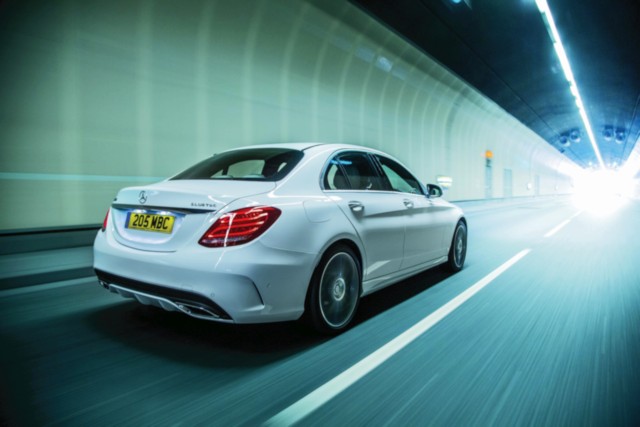
With not all electricity coming from clean and sustainable sources, will the diesel hybrid powertrain solution be the light at the end of the tunnel?
Story: Jim Gorde
Photography: Manufacturers
Accept it: “electric cars” and “sustainability” don’t necessarily fit into the same sentence. There is the matter of overall emissions and carbon footprint, even before you consider where your electricity and batteries are coming from. Moreover, each car is different. What works for one country may not work for another.
The US of A was a land of 6.5-, 8.0- and even 9.4-litre “Big Block” V8s that actually returned efficiency figures of litres per kilometre and not the other way round. When a 3.5-litre V6 came in — let alone the Toyota Prius with its hybrid driveline backed by a 1.8-litre four-cylinder engine — it was definitive downsizing of the first order. And then there’s us. With most mass-market cars in India displacing 0.8 to 1.5 litres (800 cc to 1,500 cc), even the Prius seems like a luxury offering. Let’s not mention that it’s priced like one, too, and puts it far beyond the reach of the masses looking to move on from two-wheelers or smaller cars.
Yes, more people need or want cars because of two main reasons: either their family has grown and the need for additional space and safety has risen or the urge to give in and acquire a status symbol is too strong. Either way, with more cars coming on to the roads and depleting resources to support them, there is a drastic change that is slowly but surely going to sink in. The point is, what’s really needed? Is one short-term solution really better than the other before we actually find out what we need to do to make things right? Well, it’s worth a shot.
Hybrids
What really makes sense when it comes to cities with a high volume of traffic and low average speed are hybrid cars. Let’s be honest — electric cars are best for cities that have a grid using renewable and sustainable sources of energy such as wind, solar or hydro power. What’s the point of burning coal to create power which is then used to recharge electric cars meant to replace fossil-fuel cars? Once the grid switches to clean energy generation, reaches the required output of power generation to sustain the use of these electric cars, and is joined by the required infrastructure at several convenient locations, then it starts to make sense. Of course, “hybrids” aren’t exactly one kind of car. The word is now a blanket term that includes a bunch of technologies that span the following efforts:
Micro hybrids: The basic form where combustion engines are equipped with a start/stop system to save fuel, shutting off the engine instead of idling. The Mahindra Scorpio and Bolero are examples.
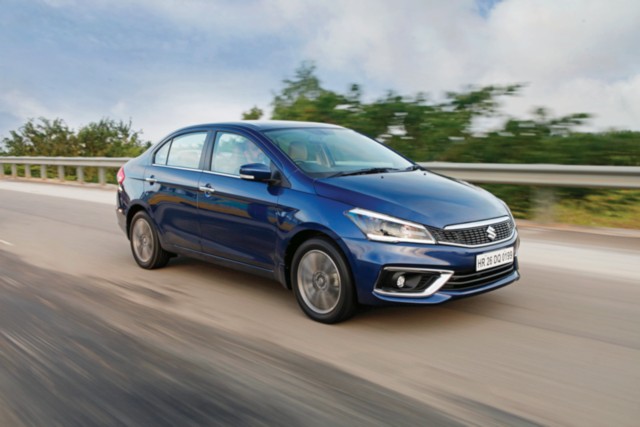
Mild hybrids: These use combustion engines with an integrated starter/generator e-motor and even a small battery pack. The start/stop functionality is only the start, but added drive assist functions and coasting assist further contribute to fuel saving. The Maruti Suzuki Ciaz and Ertiga and the incoming new Mercedes-Benz C 200 are examples.
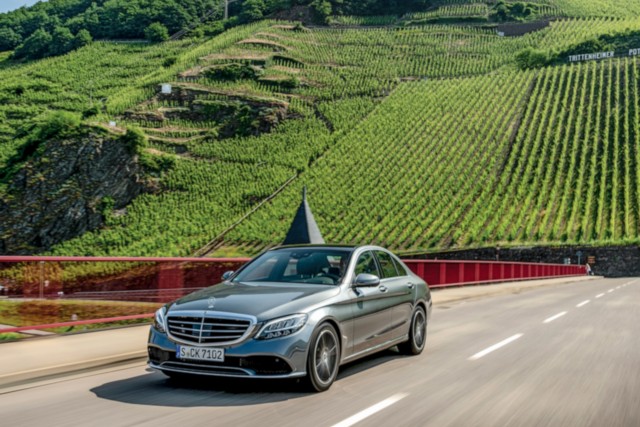
Parallel hybrids: These are the essential kind of “hybrid” in its most-used form. This is where the powertrain relies on the combustion engine for power while the electric motor powers the car at low speeds for a short duration or whenever a small amount of power is needed. Both can also work simultaneously. The most popular examples are the Toyota Prius and Camry.
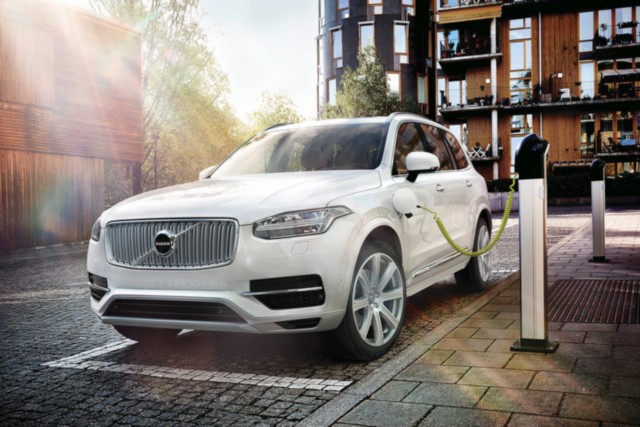
Plug-in hybrids: These are similar to parallel hybrids except that the electric motor is much more powerful and is capable of driving the car by itself, usually for up to about 50 kilometres. It is what primarily drives the car and it’s connected to a larger battery pack that can be plugged in and recharged using a wall socket as well. The combustion engine kicks in when the charge in the battery pack runs low, with the e-motor continuing to drive or it can be used in combination for maximum combined output. Examples are the BMW i8, Volvo XC90 T8 and V60 D6.
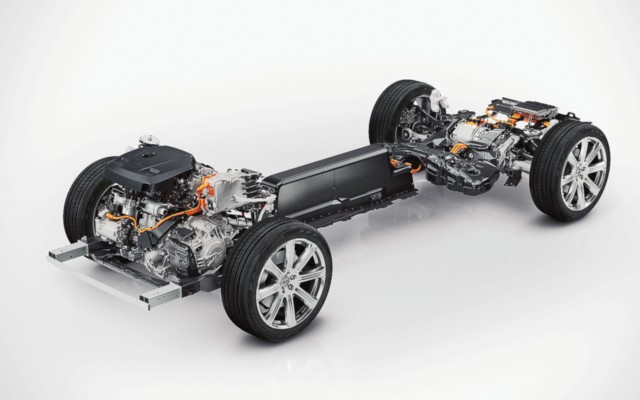
Volvo XC90 T8 packs petrol engine in the front, battery pack in the middle and electric motor in the rear
Range-extended electrics: Essentially electric cars with e-motors driving the car, range-extenders address the problem of range anxiety by having a low-capacity combustion engine working as a generator when battery charge level drops. The engine does not drive any of the wheels. A good example would be the BMW i3s.
For now, with the severely deteriorating air quality we have to deal with in many major global cities, the need of the hour is to switch to viable cleaner alternatives for every major field of operation that contributes to air pollution and while there are several other factors, the automobile industry is under fire, having being apportioned a huge share of the blame for these increasing levels of pollution.



















AIR Index Tests Real-world NOx Emissions - Car India
[…] Also read: Diesel, Electricity and Air – a Look at Future Propulsion […]